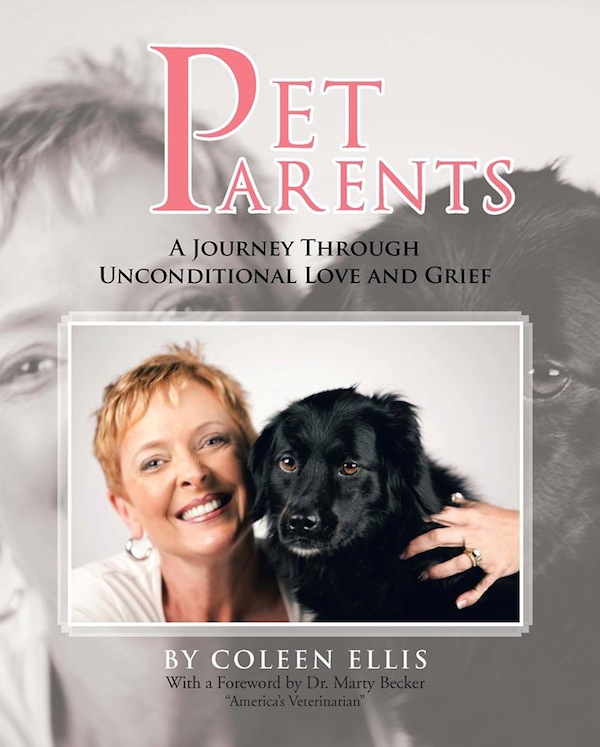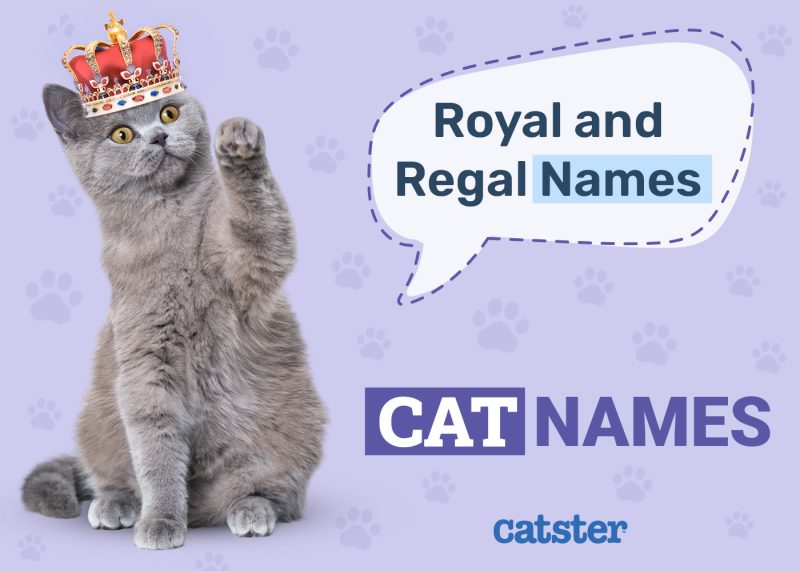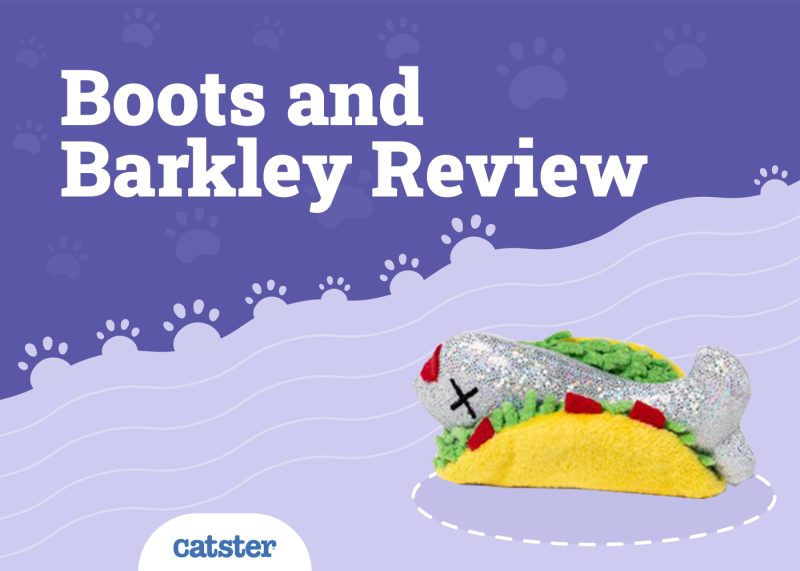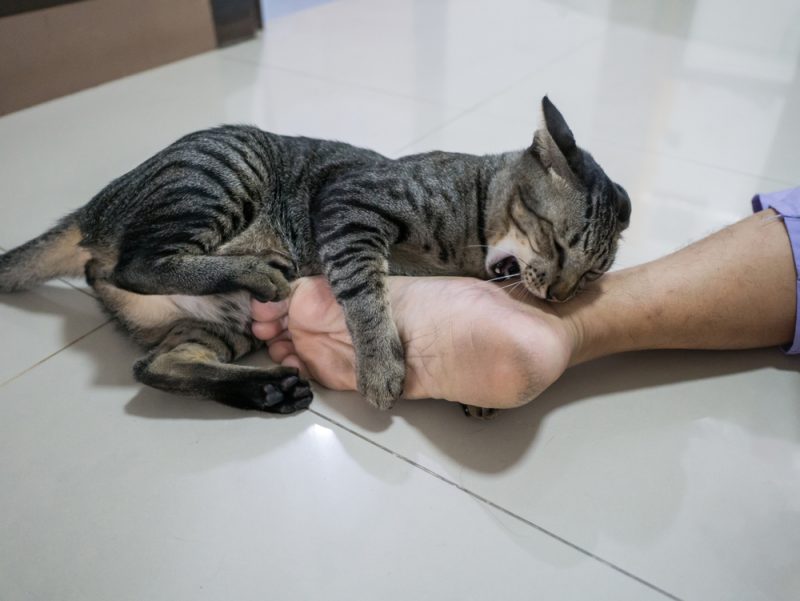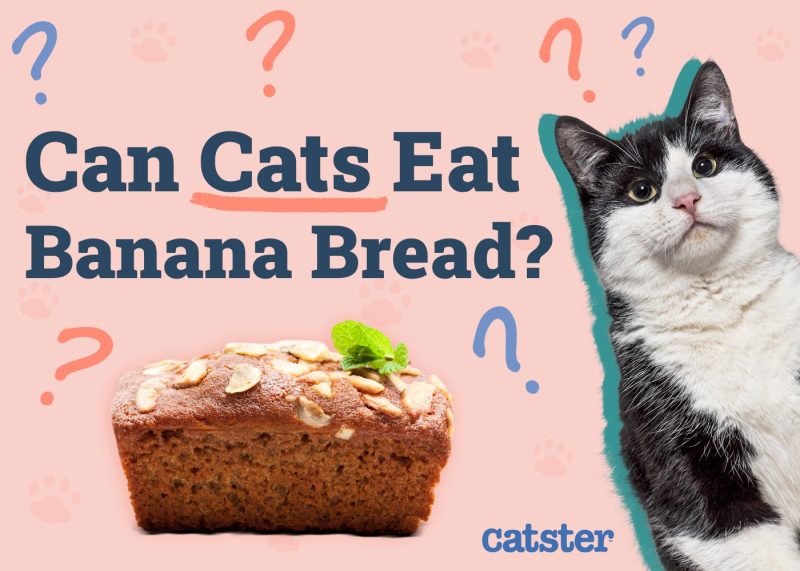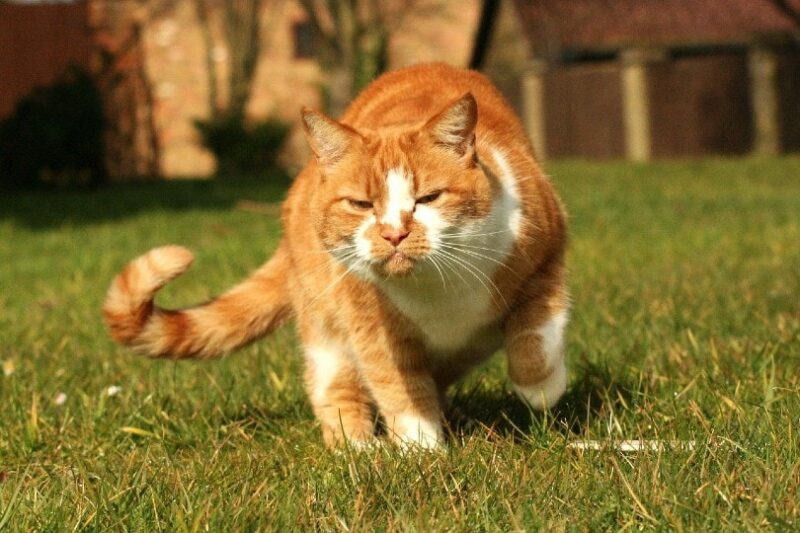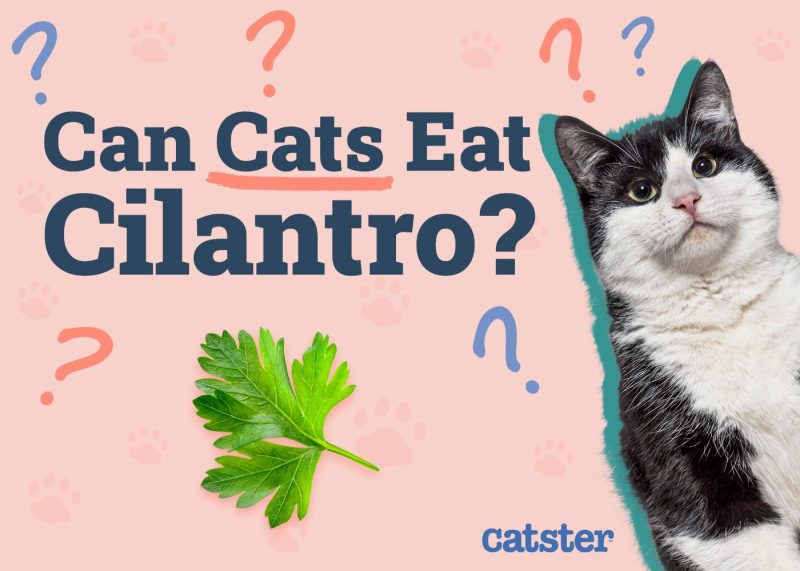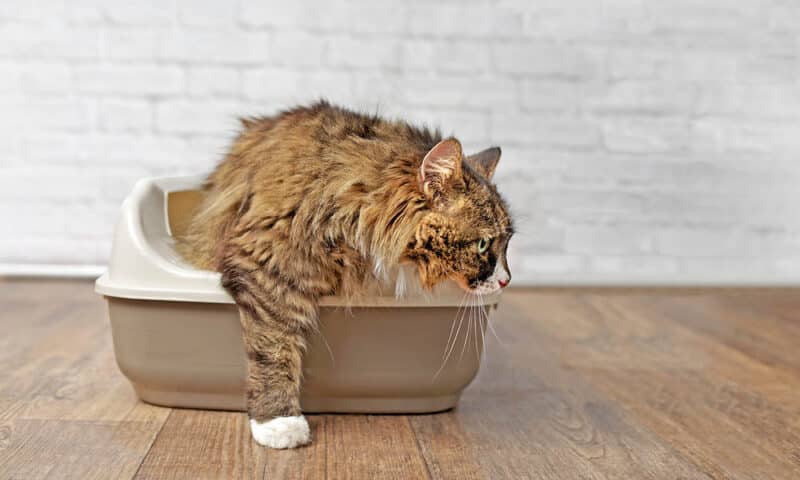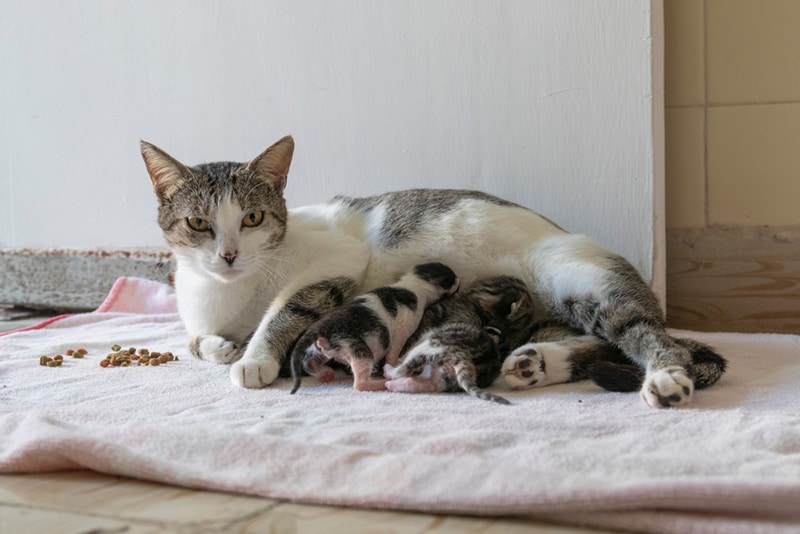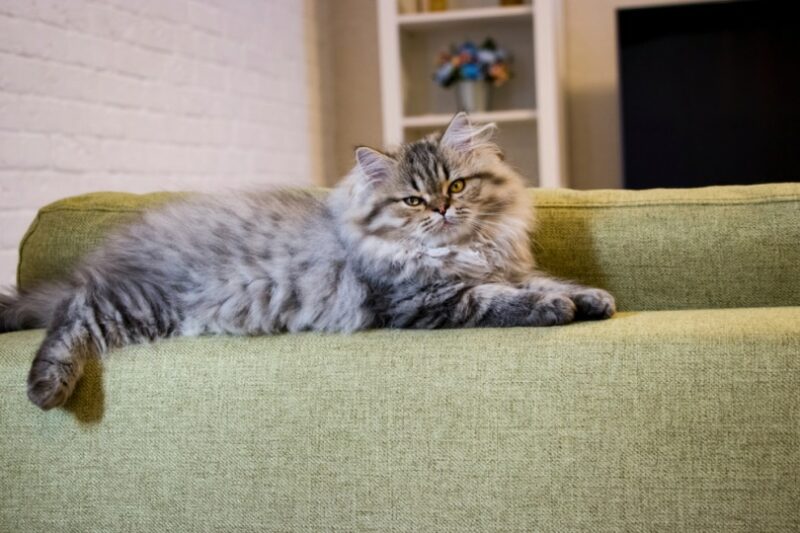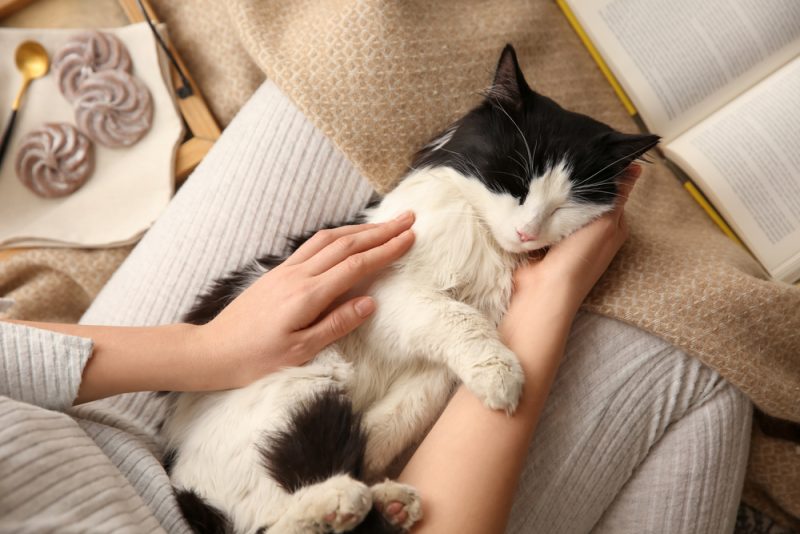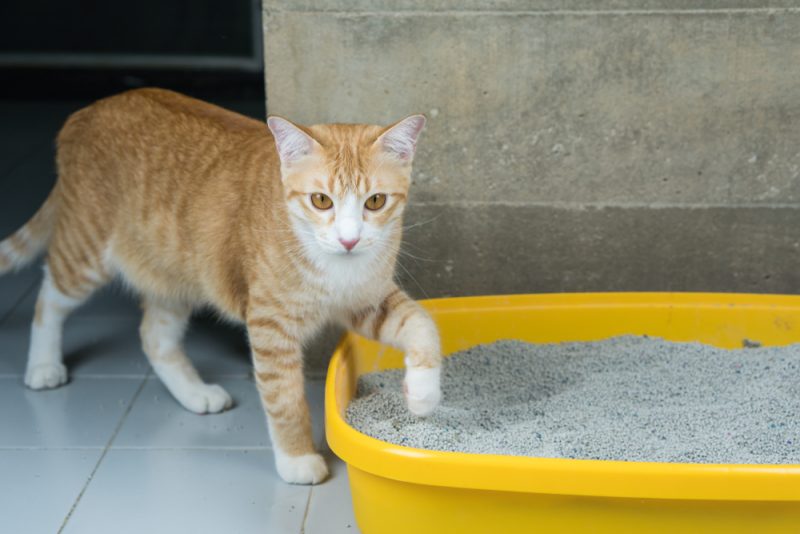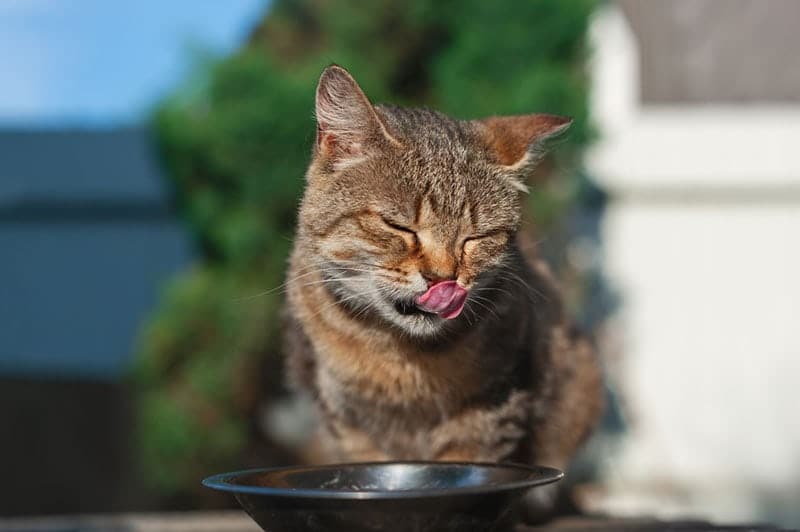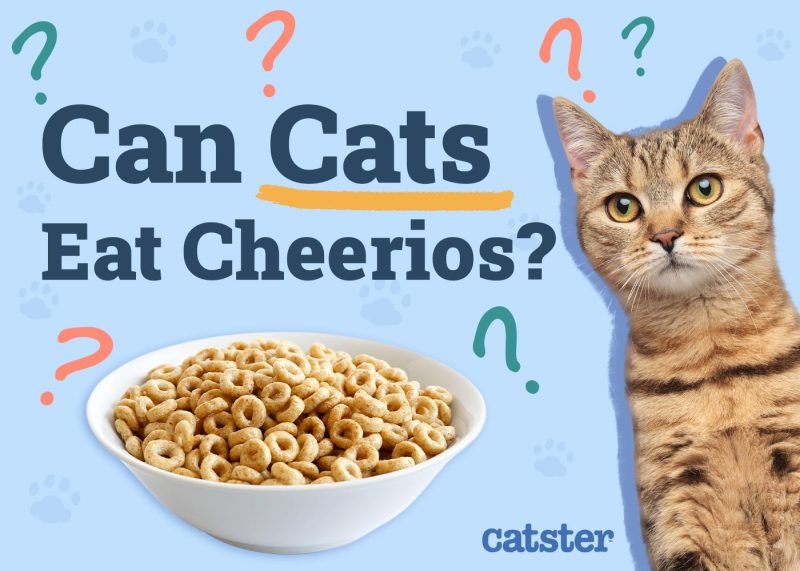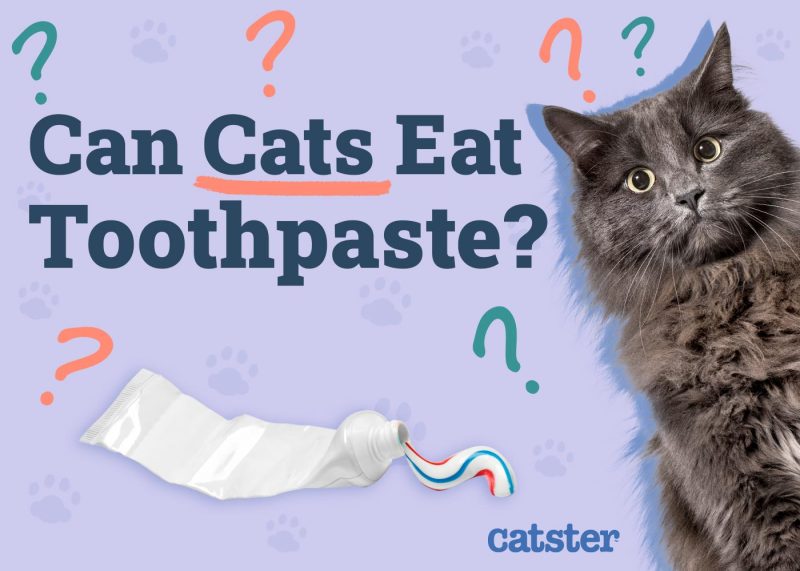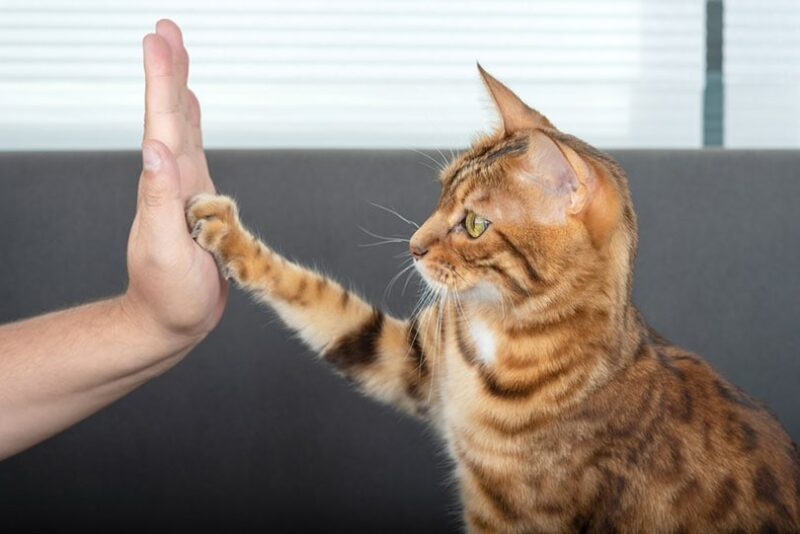Confounding to a pet parent is what to do when a pet faces the end of her life. Charged with being the voice and guardian of our pets in this world, it is impossible not to wonder if the choices we make on their behalf are fair, humane, and compassionate.
When the time comes for you and your pet to confront these difficult questions, Coleen Ellis of Two Hearts Pet Loss Center and the International Association of Animal Hospice and Palliative Care is there. As an educator, leader, and entrepreneur in the end-of-life pet care industry, Coleen believes that much of pet hospice care begins with permission, “whether it’s the permission to do hospice, or the permission to not euthanize today, or permission to do a ritual after death, whatever it is.”

But what is animal hospice and palliative care?
Coleen explains in her gentle but authoritative manner that many pet pavrents are already giving their dying pets hospice care, they just didn’t have a way to describe it.
“A lot of pet parents have said to me, when we talk about animal hospice, ‘Oh my gosh, I didn’t even know it but that’s what I did for my cat at the end of her life! I took her home and I kept her comfortable. I didn’t know i was doing it, I didn’t know there was a word for it.'”
In a process that can feel very chaotic and fraught with uncertainty, Coleen and the professionals she teaches restore dignity and control to a pet parent’s final days, weeks, or months with their pet. Pet hospice provides formality, direction, and therefore, freedom to make informed choices at the end of a pet’s life.
“It’s called a Care Plan. A good animal hospice program is going to be comprised of a veterinarian, a vet nurse, and somebody like me, who is about the emotional side of things. So there’s this interdisciplinary team whose role is to approach the end of a pet’s life from all phases of this journey. We not only have the diagnostic side of things — disease progression, old age progression — we’ve got some sort of Care Plan that educates [a pet parent] throughout the process. At least they have eyes wide open when we go into this.”
With a Care Plan and an interdisciplinary team, pet parents can have some foresight into what the end stages of their pet’s life may be.
“A Care Plan removes that fear of the unknown,” says Coleen.
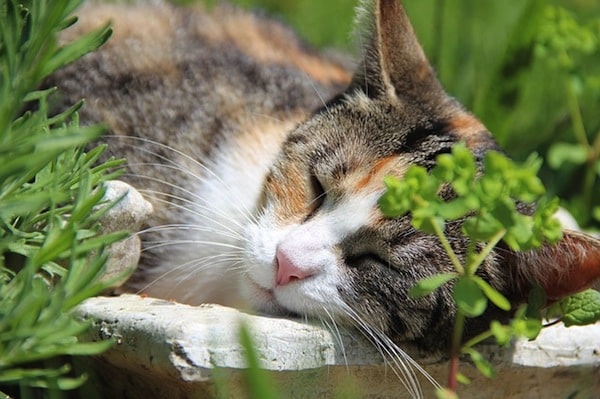
So, is it the hospice care professional’s role to serve as sort of an interpreter between the medical or death care professionals and the pet parent?
As Coleen explains, a hospice professional might “act as the liaison in that process between the veterinarian, the vet nurse, and the pet’s family. They kind of become the eyes and ears for that family and are very in tuned in watching them verbally and non-verbally. They might say, ‘Doctor, I don’t think the family understood what you just said because I can tell by their eyes that they didn’t understand, so let me say what you just said.'”
“When guided by a professional like me — who says, ‘Tell me about his life, and let’s figure out all those things that made his life special, and let’s do those things so that when you look back six months from now you can say it ended exactly as it should have, I have no regrets.’ — This is always my goal.”
Coleen emphasizes that it is the pet hospice professional’s job to recognize cues from a pet parent, help them navigate the questions that come with the end of a pet’s life. Again, the idea of “permission” is the pet hospice professional’s greatest gift.
“This is a thing that I like about my role, is that we get to give them [the pet parents] permission. Permission to do things the way they want. Permission to request things done that they want. If you don’t want your baby put in a garbage bag, then tell them, ‘I don’t want my baby put in a garbage bag.’ Tell them! You can do that!”
Sometimes, it is the hospice professional’s job to help a pet parent find the real questions they want to ask.
“I always laugh because professionals — even in hospice — sometimes say, ‘Oh! I just hate it when somebody calls and says: Can you tell me your prices?'”
“And I say, ‘They don’t know what else to ask you. They don’t have any clue what to ask you, and so to call and ask for prices is safe to them because that’s the one thing we can all talk about is what a dollar means.'”
“Your role is to say, ‘Let’s talk about what’s going on first and then I’ll give you prices later. But tell me what’s going on with your baby. Tell me what you want.’ And now we can begin to have a conversation that’s productive, but they don’t know what else to ask you.”

What resources are there for pet parents seeking hospice and palliative care for their pets?
Coleen recommends visiting the International Association of Animal Hospice and Palliative Care website first (IAAHPC.org). If that does not provide the assistance you are looking for, she recommends contacting your vet. “A lot of times veterinarians may offer the services, they may just not have advertised it, or talked about it.”
Any time you are contacting someone about pet hospice or palliative care, Coleen recommends asking, “Do you provide hospice services for animals?”
“Then if it was me, I’d turn it back around on the person I was calling and say, ‘Tell what that means to you? What does it mean when you give me hospice services? If they say, ‘Well, we’ll come out and we can be there for the euthanasia,’ that’s probably not what you’re after.”
She emphasizes not letting anybody force you to “jump to the needle” if you and your pet are not ready.
If I learned nothing else from my conversation with Coleen, it’s that nobody should try to steal from you or your pet the right to a safe, loving, dignified end when the time is right.
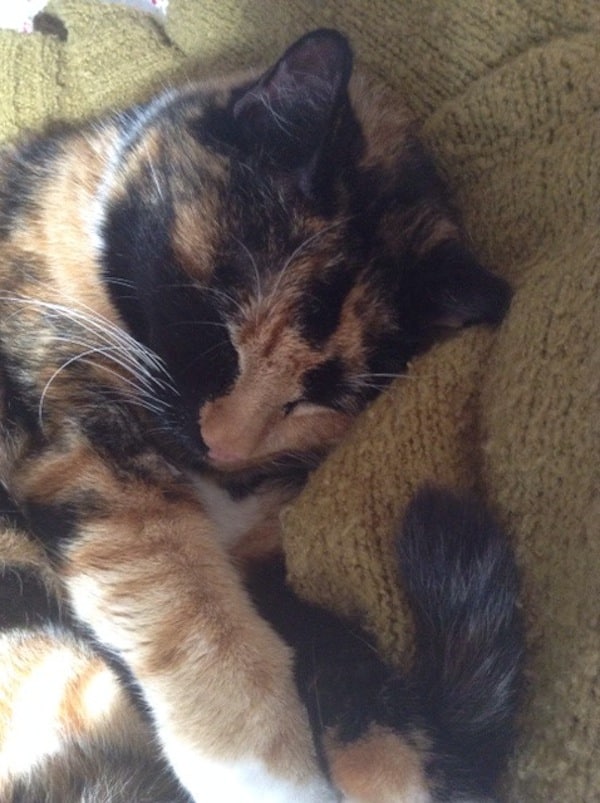
And while this seems like a relatively simple truth, it’s sometimes difficult for pet parents to grasp when facing pressure from friends, family, even some veterinarians. But this is Coleen’s work — to allow pets and pet parents the gift of one last journey together. Pet hospice simply helps clear the path.
“You give them permission and you give them the support to do it. Now all of a sudden it just becomes this beautiful journey.”
For further information and a list of animal hospice and palliative care providers visit the IAAHPC Providers Directory on the IAAHPC website. For further information on animal hospice and palliative care consulting, education, and professional grief education visit Two Hearts Pet Loss Center’s website. Check out Coleen Ellis’ book, “Pet Parents: A Journey Through Unconditional Love and Grief“. You can also find Two Hearts Pet Loss Center on Facebook.
See Also:
